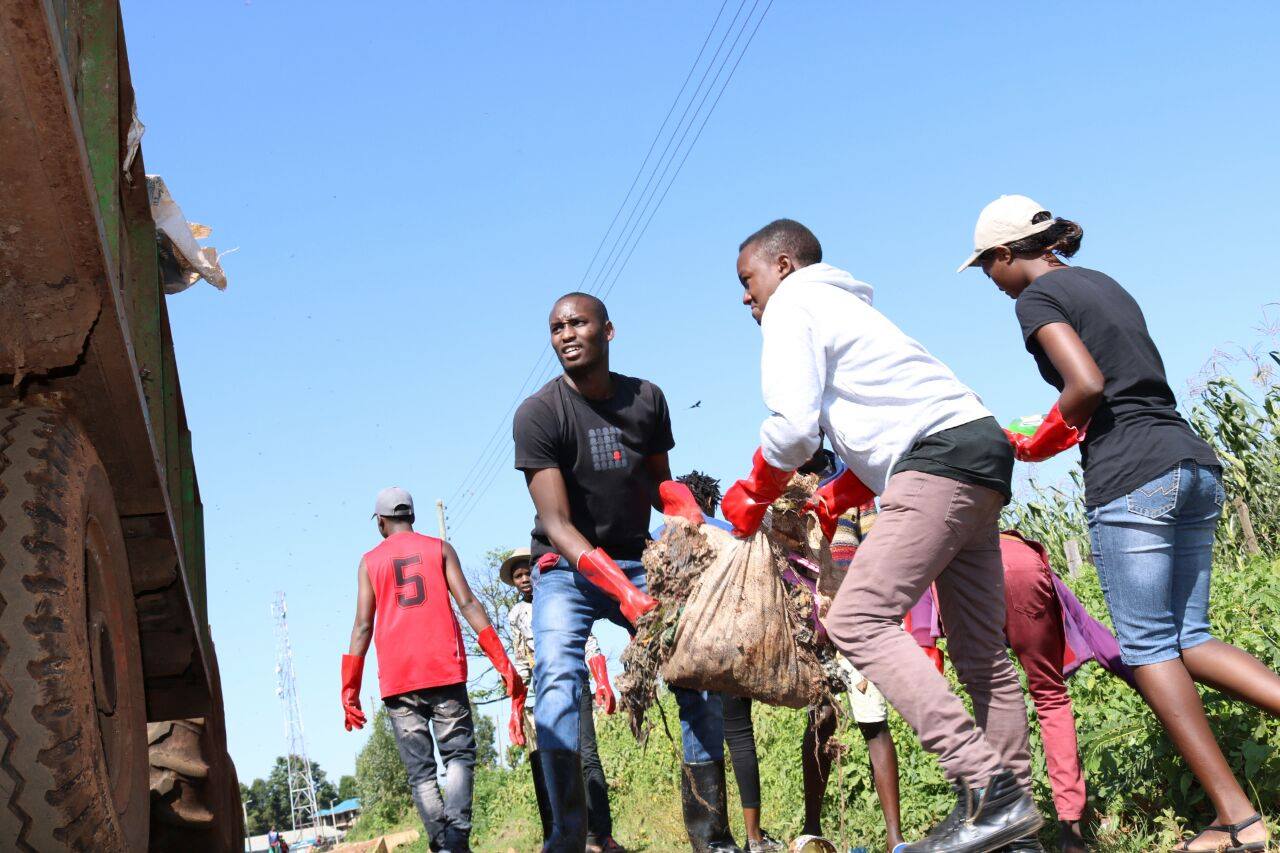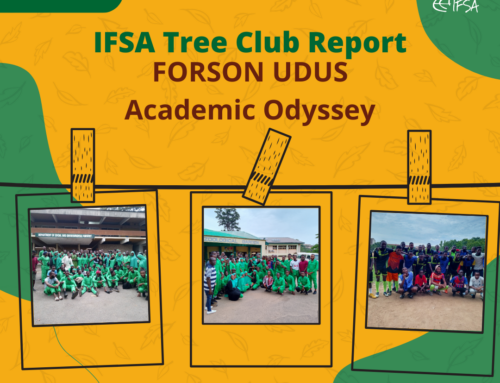What do we stand to gain from Landscape Restoration and how diverse and varied are the benefits? This week we dive deeper into the benefits on offer if we can move restoration efforts to scale.
This weeks learning will cover:
- An overview of the benefits
- A deeper look
- Real world restoration case studies
- Your Landscape Challenge

Overview:
There are many compelling benefits from restoring degraded landscapes. Increased food and water security, stronger and more secure livelihoods among forest-dependent and non-dependent communities, and the higher production capacity of forest products and bioenergy are all examples which underscore the need to massively scale-up current restoration efforts.
Find here a short overview on different benefits of restoration:
A Deeper Look:
Landscape restoration benefits can generally be categorised as following:
Enhanced Food Security & Increased yield of production systems
The availability, usability and access to foods can only be secured and maintained through healthy landscapes. These benefits are increasingly under threat especially in times of climatic shock and in areas susceptible to drought risk. Restored and healthy landscapes contribute directly and indirectly to higher food security.
Directly: forests, trees and fertile soils provide fruits, edible plant parts and non-wood forest products (NWFPs) that have a considerable value as key parts of the diets of many dependent communities. Additionally, the diversity of edible products secures the necessary nutrients needed for a healthy living.
Indirectly: Restored landscapes help increase crop yields, through contribution of increasing nitrogen from N-fixing trees which can, for example, double unfertilized maize yields. Certain tree species even contribute to a tripling of yield in the crops growing beneath them. In addition to positive influences on yield, forested landscapes provide wood-fuel, making available food more nutritious and accessible.
If you want to extend your knowledge beyond the course, you can read the optional study in the Sahel region, which examines the impact of FLR interventions on smallholders with respect to food security and diversified products
Increased biodiversity and more resilient ecosystems
Landscape restoration contributes greatly to biodiversity through re-establishing and increasing the availability of specific habitats. As habitat fragmentation is reduced, enabling species spread easier and faster through ecological corridors, making the population resistant to sudden changes in the environment.
The increase in diversity of species creates a more resilient ecosystem, providing multiple ecosystem services (ESS) and back-up services that are provided by other species other than the main provider and can serve as a backup function in case of natural disasters. This allows the landscape to adapt to a certain degree to climate change.
If you want to acquire a more sophisticated and critical understanding of biodiversity, check out this optional short article from mongabay to learn more.
Soil restoration and health
Soil erosion in Sub-Saharan Africa is considered one of the root causes of stagnating or declining agricultural productivity and the provision of further ecosystem services. Although Africa has 13% of the world’s arable land and contains 12% of the world’s population, many parts of the continent are threatened increasingly by food insecurity.
Managing soils sustainably will result in wider benefits for achieving food security and improving nutrition, including food systems better able to adapt to and mitigate the effects of climate change, ecosystems with improved biodiversity, water quantity and quality as well as communities with increased and more stable incomes.
A key to soil restoration is to maximize the retention and recycling of organic matter and plant nutrients, and to minimize the losses of these soil components caused by leaching, runoff and erosion. However, rebuilding soil quality and health through appropriate farming practices may take several years, especially in dryland areas where limited moisture reduces biomass production and soil biological activity. Thus, the challenge is to identify soil management practices that promote soil organic matter formation and moisture retention and ensure productivity and profitability for farmers in the short term.Watch this video on soil restoration in Haiti to counter deforestation effects:
Boosted precipitation and conserved water aquifers
Vegetation contributes as much as 90 percent of the moisture in the atmosphere derived from land surfaces. Trees produce flows of water vapor that are typically more than 10 times greater than from herbaceous vegetation per unit of land area, surpassing those produced by wet ground or open water. A recent study showed that winds travelling through forests typically produce more than twice as much rain as those that blow over open land, making green, diverse and healthy landscapes critical for water accessibility. Check out the following article to read more about how restoration impacts drought stricken regions.
Real World Case Studies:
3 articles to deepen your knowledge and secure your understanding of landscape restoration benefits:
- For many years, the northern Ethiopian village of Abraha Atsbeha and its 5,000 inhabitants were affected by droughts and famine. The village is now an example of excellence and a model of restoration practices and benefits. Read the inspiring story.
- Landscape restoration often takes time to show effects but not so in the Mae Chaem model in Thailand. Within only two years the region has overcome the challenges of decreasing yield, declining forest cover and environmental pollution. Read the inspiring story.
- If you are keen to know more: Landscape Restoration is dependent on the circumstances and the location of practice, check out the optional article by Landscape news highlighting 7 different restoration projects by IUCN.
Quiz:
Test your knowledge now: https://www.surveymonkey.com/r/youthinlandscapesweek3
Your Restoration Challenge:
After two weeks of learning where you have shared your landscapes and identified stakeholders, this week’s challenge asks you to reflect on yourself. As an aspiring landscape leader, your task is not only to understand the threats and needs to your landscape but to also understand what role you play in creating action.
You cannot solve all problems in a landscape at one time, but rather learn to prioritize your efforts by focusing small and expanding after finding success. For week three of the Restoration Challenge we ask you to reflect and identify:
- Which aspect of your landscape or its challenge are you most excited or most passionate about contributing to? You may be excited to work with one type of stakeholder, focus on one benefit of restoration, or tackle one particular threat. Perhaps you are more intrigued by policy implications, implementing new technology, while others may want to directly take part in restoration efforts (planting, extension efforts).
- What inspiring successes, innovations, or actions have you seen or heard of that inspire you to take action on a local level?
Your posts and pictures will be showcased next week at the GLF Nairobi event!
Share your 250 word reflection on Facebook. Don’t forget to use #YILrestoration, #GLFNairobi2018 and #ThinkLandscape so you can see posts shared by all.




